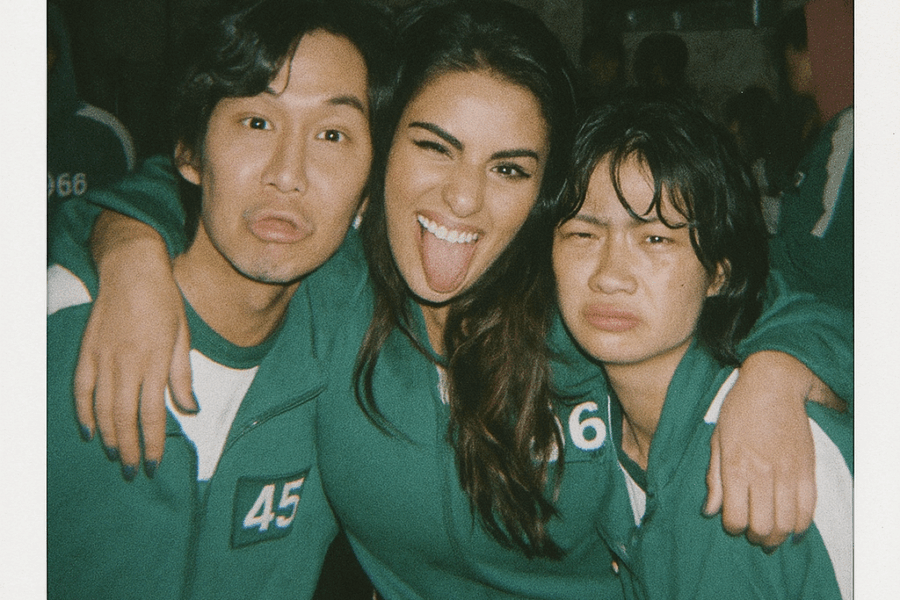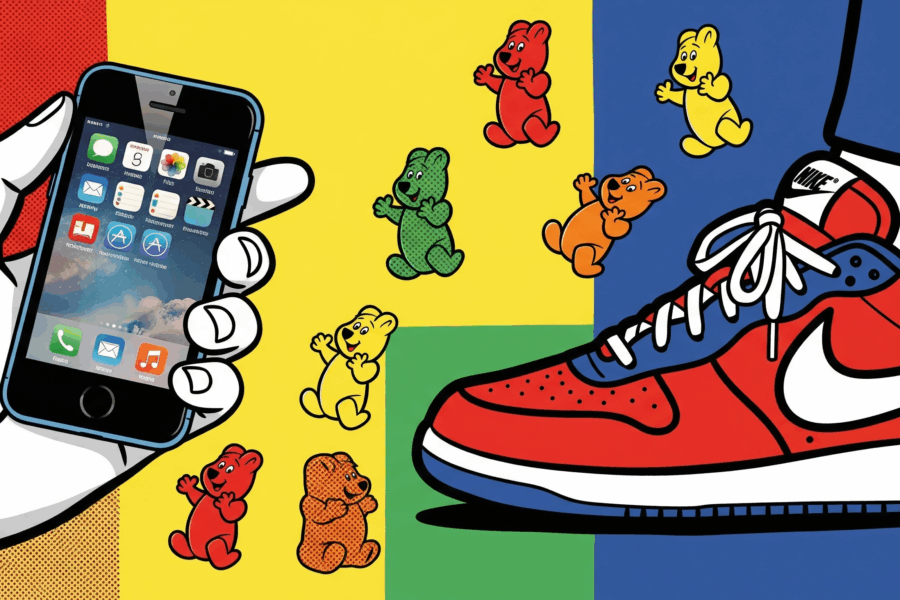The word “wannabe” comes from the word “want to be”. In common parlance, it is most often used to describe someone who is a copy of someone or some lifestyle, but who has not yet reached that stage or is merely pretending. In the age of social media, the concept of wannabe has taken on a new meaning, closely linked to the cult of pretence and the construction of online identity.
The traditional definition of a wannabe is:
- He shows his perfect life in perfectly filtered images.
- He poses next to a rented sports car while explaining about success.
- It repeats the clichés of the “hustle culture”, while the reality presents a different picture.
The Question of Success and Authenticity in Social Media
Authenticity is an increasingly important value in social media, as users are tired of the false appearance of perfection. Many are looking for a “raw, uncut reality” that breaks away from filters and staged, composed images. Deliberately poor quality photos, sharing “spontaneous” moments, are an attempt to satisfy this desire.
Recognizing this trend, the question arises: is “perfect imperfection” also a pretend role, a next-level wannabe phenomenon?
- The concept of the “next-level wannabe”: this modern-day wannabe is someone who deliberately generates poor quality images (even with the help of AI) or posts to make followers believe that he or she is so authentic that he or she doesn’t even want to fake anything. In effect, he is fighting against appearances with the tools of appearances. The aim is not to create a perfect image, but a perfectly authentic image.
The question is, then, where is the line between sincere authenticity and pretentious, sophisticated wannabe? The answer lies in its role in online communication and marketing.
The Limit of Appearance and Reality
The wannabe phenomenon has taken on a double meaning in the digital age. While the classical approach presents a false appearance of striving for perfection, a newer layer uses “perfect imperfection” to build a more sophisticated, but equally fake, image. The point is not the surface but the intention: real authenticity aims to add value, while behind wannabe behaviour lies the struggle for acceptance and recognition from others.
Ultimately, success does not come from pretence, but from real performance and honesty. The real challenge in the online space is not to be perfect, but to stay true to yourself.
Follow me on LinkedIn where I’ll be back with more content.


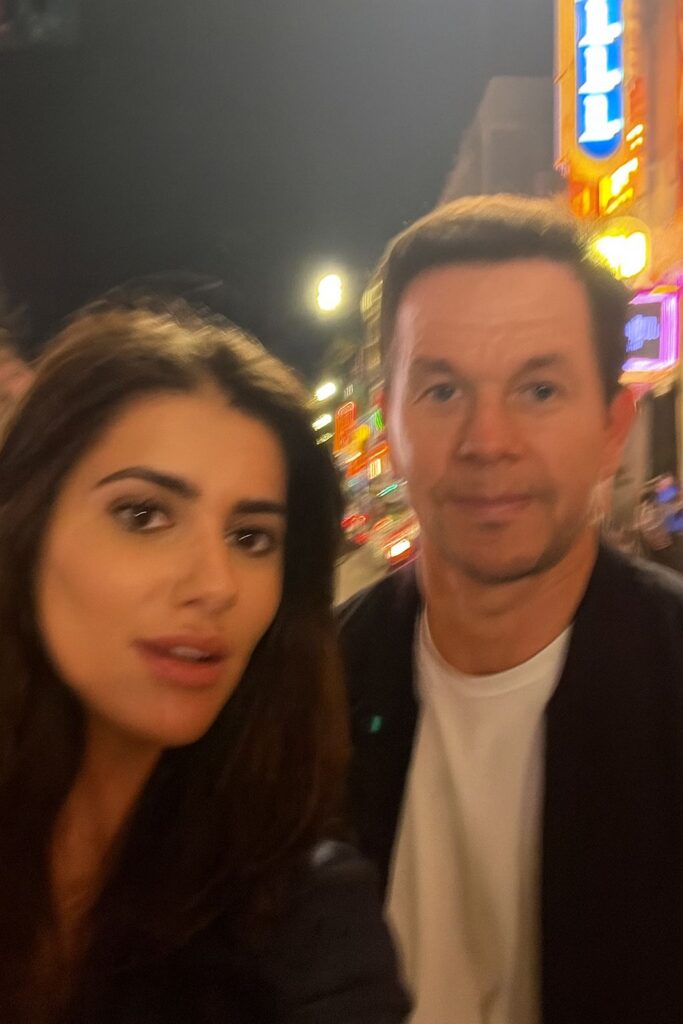
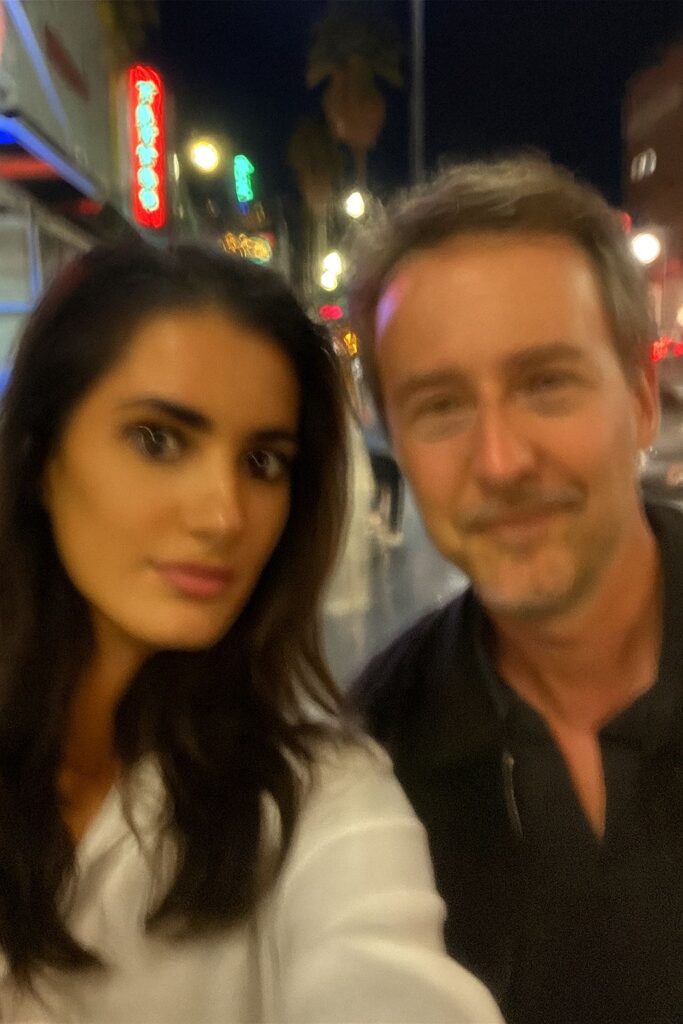
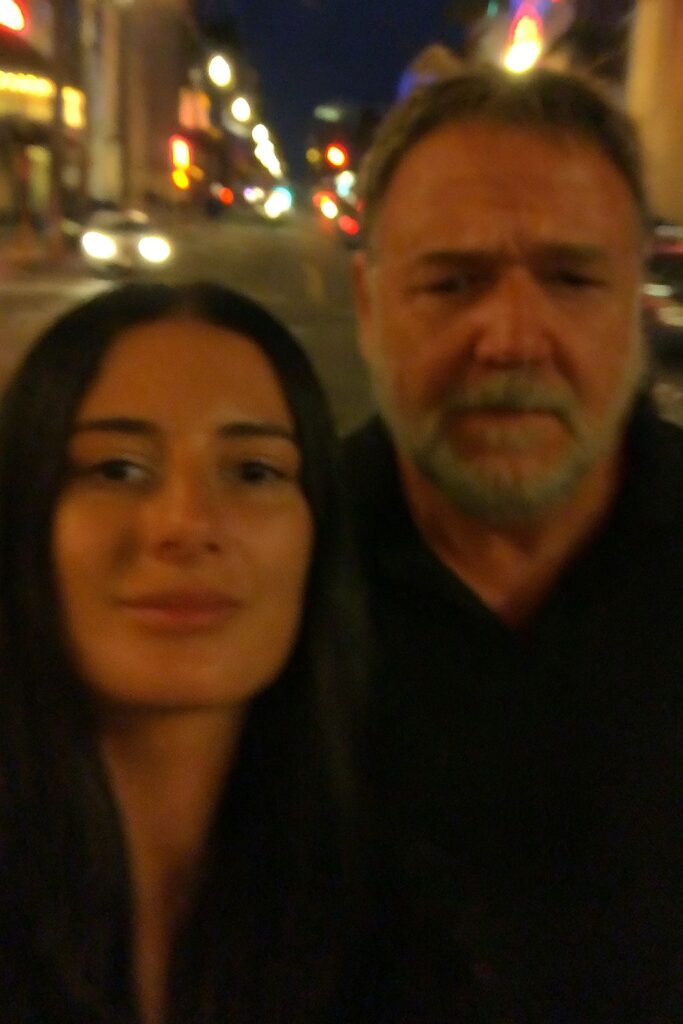
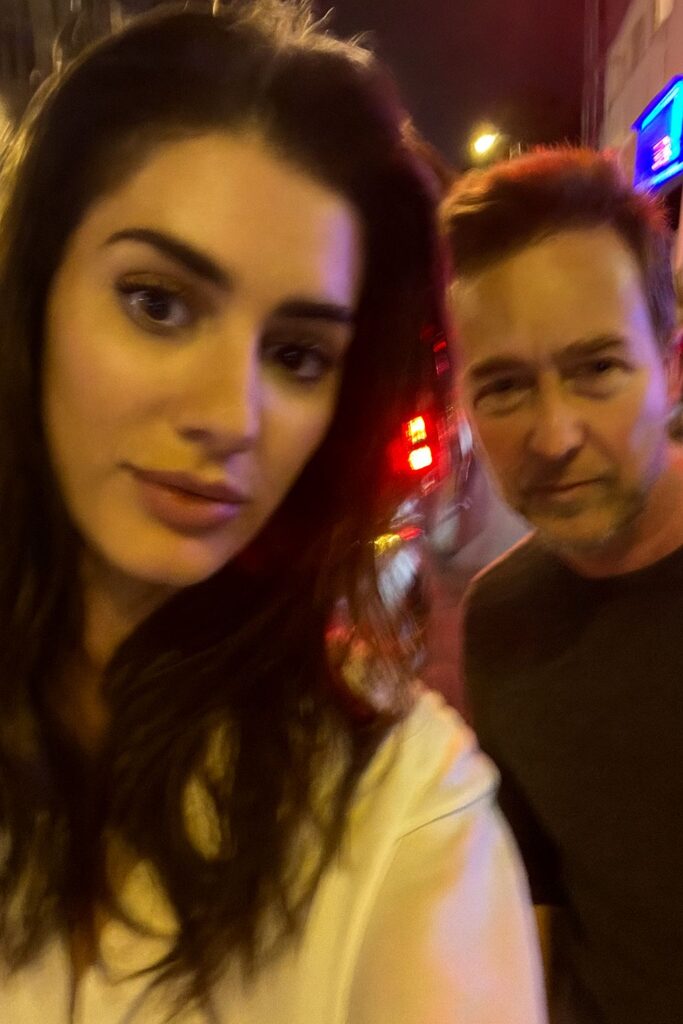
Prompt: Take an extremely ordinary and unremarkable iPhone selfie, with no clear subject or sense of composition-just a quick accidental snapshot. The photo has slight motion blur and uneven lighting from streetlights or indoor lamps, causing mild overexposure in some areas.
Angle is awkward and the framing is messy, giving the picture a deliberately mediocre feel, as if it was taken absentmindedly while pulling the phone from a pocket.
Main character is [uploaded person’s face], and (actor or any famous person’s name) stands next to him, both caught in a casual, imperfect moment. Background shows a lively Los Angeles street at night, with neon lights, traffic, and blurry figures passing by. The overall look is intentionally plain and random, capturing the authentic vibe of a poorly composed, spontaneous iPhone selfie.
Follow me on Facebook where I’ll be back with more useful and cool content.
Aletta Nagy-Kozma

